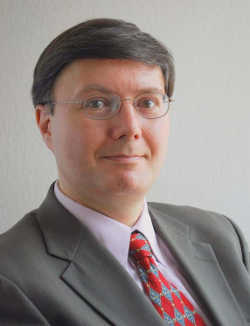
Some assets belong inside of one’s living trust and other assets do not. It is important to know the difference.
The primary purposes of a living trust are to avoid probate and to distribute assets according to one’s wishes in the most cost and time effective manner.
Assets normally titled inside of one’s living trust include real property, investment and bank accounts — other than one’s day to day checking account. Doing so may avoid a probate becoming necessary if the combined gross value of all such assets were to exceed the $166,250 threshold at which a probate is required.
Generally speaking, administering an estate owned inside of a decedent’s living trust is less expensive, time consuming and aggravating than administering the same estate inside a probate, i.e., when the assets are owned personally in the decedent’s name. While trusts require administration after the settlor (owner) dies the total expense of administration is usually less with a trust administration.
Other assets remain outside of the living trust. That is, retirement accounts – e.g., Individual Retirement Accounts (“IRA’s”), 401k defined contribution plans, and pensions – are not transferable into a trust while the account holder is alive.
These assets pass according to death beneficiary designation forms. Typically a participant will name his or her spouse as the primary death beneficiary and the participant’s children as the alternative death beneficiaries.
The surviving spouse is able to roll over the retirement plan into his or her own IRA as though the surviving spouse had funded the rollover IRA with his or her own contributed earnings. The alternative beneficiaries are typically the children.
A trust, however, if it meets certain income tax requirements, can be named as the death beneficiary to retirement accounts.
A trust might be named to receive and distribute a decedent’s retirement monies at death to beneficiaries for various reasons, such as the beneficiaries are minors, receive special needs benefits, have creditor problems, etc. In addition, a trust allows for more contingency planning.
Annuities and life insurance policies can either name individuals or a trust as death beneficiary to receive the proceeds on the death of the insured.
With a married couple, the insurance may name the spouse or the couple’s trust as the primary death beneficiary. If the trust receives the money it reduces the risk of a possible probate if the surviving spouse does not put the money into the trust.
Joint tenancy assets, pay on death, or POD, and transfer on death, or TOD, financial accounts also avoid probate. Unlike trusts they do not require administration for the death beneficiary to inherit. These assets are collected using certified death certificates and associated legal paperwork that varies with the asset.
Trust or probate administration each involve notification to the deceased settlor’s surviving heirs and death beneficiaries of the estate. The notice informs these persons of their right to dispute the trust or will.
Assets that pass automatically to surviving beneficiaries or surviving joint tenants, however, require no notices and thus are less likely to be contested.
It is advisable to have some amount of money in a POD or joint account readily available outside of a trust or probate administration to cover immediate financial needs pending a trust or probate administration.
Even use of the small estate affidavit procedure – applicable when the decedent’s estate is under $166,250 (2022) — still requires that 40 days pass from the date of the owner’s death before the claimant presents the affidavit to obtain assets, such as bank accounts.
The foregoing is not legal advice. Consult an attorney if you are confronting these issues.
Dennis A. Fordham, attorney, is a State Bar-Certified Specialist in estate planning, probate and trust law. His office is at 870 S. Main St., Lakeport, Calif. He can be reached at This email address is being protected from spambots. You need JavaScript enabled to view it. and 707-263-3235.
2022-01-29 11:22:12Z
Bagikan Berita Ini















0 Response to "Estate Planning: Assets inside and outside of the trust - Lake County News"
Post a Comment